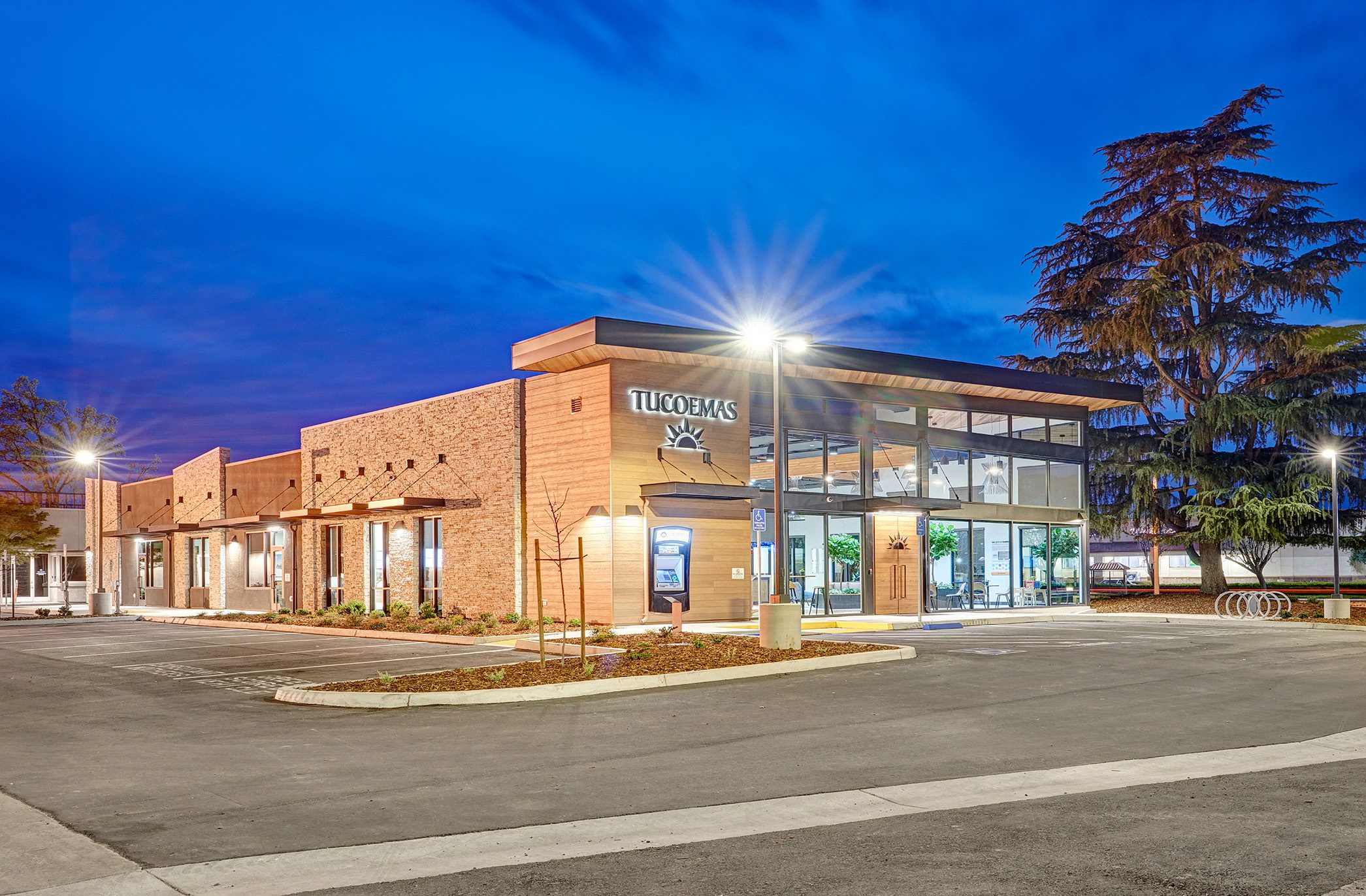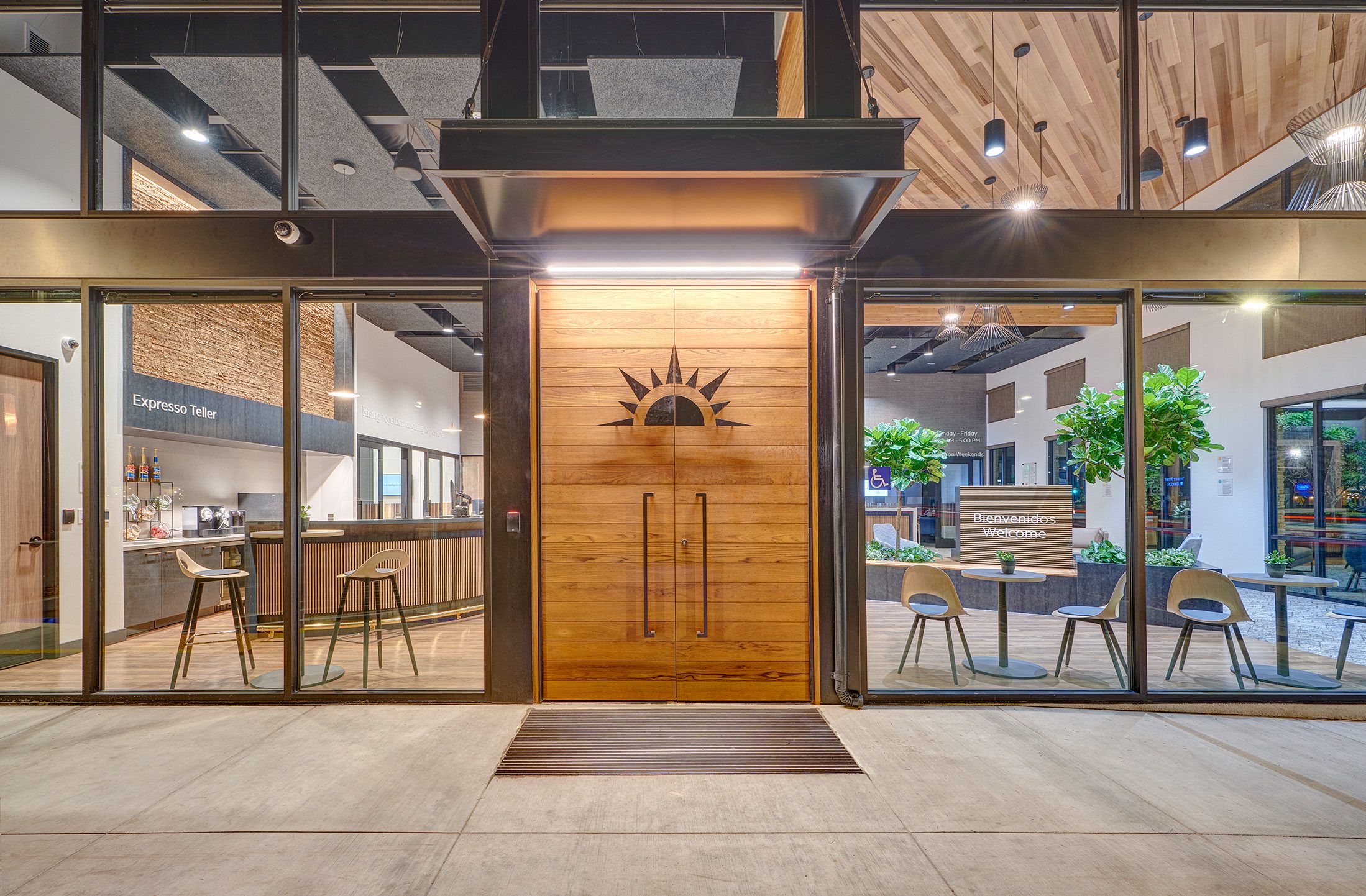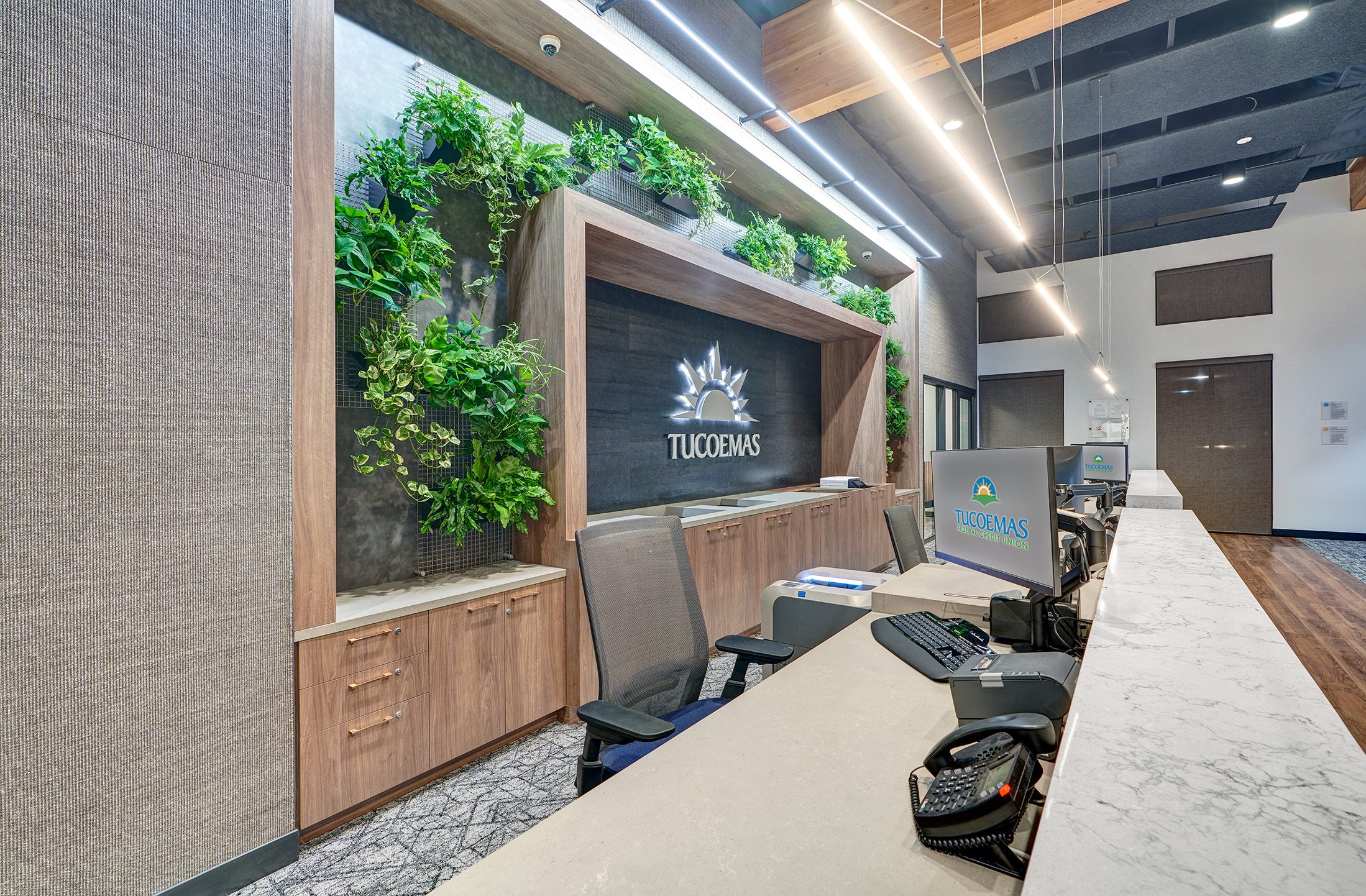Is LEED Certification Worth the Investment?

Discover 5 typical benefits of building LEED-certified, plus 3 outcomes that may shock you.
In the realm of sustainable architecture and construction, LEED certification stands as a beacon of environmentally conscious building practices. According to US Green Building Council, there are now 174,213 registered LEED certified buildings; and by 2030, LEED projects will have diverted more than 540 million tons of waste from landfills.
But amidst the growing discourse surrounding green initiatives, a pertinent question persists: Is LEED certification truly worth the investment? Let’s delve into this inquiry by examining five typical benefits of building LEED-certified buildings, along with three outcomes that might surprise you.
The Typical Benefits
Energy Conservation
LEED-certified buildings are designed for their reduced energy consumption, a feature that not only benefits the environment but also translates into significant cost savings for owners. A University of California–Berkeley study found that LEED-certified existing buildings contributed 50% fewer greenhouse gases (GHGs) than conventionally constructed buildings due to water consumption and 48% fewer GHGs due to solid waste.
Water Conservation
Another feather in LEED’s cap is its emphasis on water conservation. By integrating water-saving fixtures and systems, LEED-certified buildings play a crucial role in mitigating water scarcity concerns, while simultaneously reducing operational costs for owners and tenants alike.
Operating Cost Reduction
LEED buildings use, on average, 25% less energy than conventional buildings. In fact, LEED-certified buildings earn an average Energy Star score of 89, due to factors like decreased maintenance requirements and optimized resource utilization, which then offers long-term economic benefits to stakeholders.
Improved Indoor Environmental Quality
LEED standards prioritize occupant health and well-being by promoting superior indoor air quality and access to natural light. Such enhancements not only foster a more comfortable and productive environment but also contribute to lower healthcare costs and absenteeism rates.
Tax Incentives
Governments around the world incentivize sustainable building practices through tax credits and deductions for LEED-certified projects. These financial perks can significantly offset initial investment costs, making the decision to pursue certification even more enticing for developers and property owners.
The Surprising Outcomes
Enhanced Employee Satisfaction and Retention
Research indicates that LEED-certified buildings have a profound impact on talent acquisition, employee morale and retention rates. High level talent is often more inclined to work for environmentally conscious organizations; according to Boston Consulting Group’s CMO Sustainability Accelerator study, 68% of employees say they are more willing to accept a job from organizations they consider to be environmentally sustainable. And with buildings strategies focused on thermal comfort and access to daylight, views and good indoor air quality, worker satisfaction in LEED-certified offices tends to be high, decreasing employee turnover.
Increased Property Value and Occupancy Rates
Contrary to conventional wisdom, LEED-certified buildings often command higher resale values and experience faster lease-up rates. A recent report from Cushman and Wakefield analyzed LEED-certified buildings delivered between 2010 and 2020 and found that these properties were 11% more profitable than noncertified spaces in terms of rent and reduced vacancy.
Alignment with Stakeholder Expectations
As societal awareness of environmental issues continues to grow, stakeholders across the board—from shareholders to customers—are increasingly scrutinizing companies’ sustainability efforts. Embracing LEED certification not only demonstrates a commitment to corporate social responsibility but also helps bridge the “say-do” gap, fostering trust and loyalty among stakeholders.
In Deloitte’s 2022 Sustainability Report, 43% of the 2,083 C-level executives believed their current sustainability efforts help address climate change, increase customer and employee satisfaction and build their brand’s reputation. However, less than 30% of these same CxO’s believe that sustainable builds will directly contribute to overall profitability.
In 2021, Brice Yocum, IBG client and Tucoemas Federal Credit Union CEO, decided to enlist our help to design a LEED certified Gold building for the flagship branch on the credit union’s corporate campus. Yocum is in the minority group of C-level executives who understands that while the journey towards LEED certification may require additional resources and expertise upfront, the long-term benefits far outweigh the initial investment. Located in Visalia, Tucoemas FCU’s building now serves as a symbolic representation that its members are a part of something bigger than themselves.
From tangible cost savings to invaluable improvements in employee well-being and stakeholder relations, LEED-certified buildings exemplify the convergence of environmental responsibility and economic viability.
Curious about how IBG can help your financial institution become LEED-certified? Contact us today for a free consultation!
We create spaces that resonate and relationships that endure.



